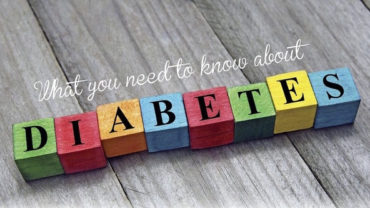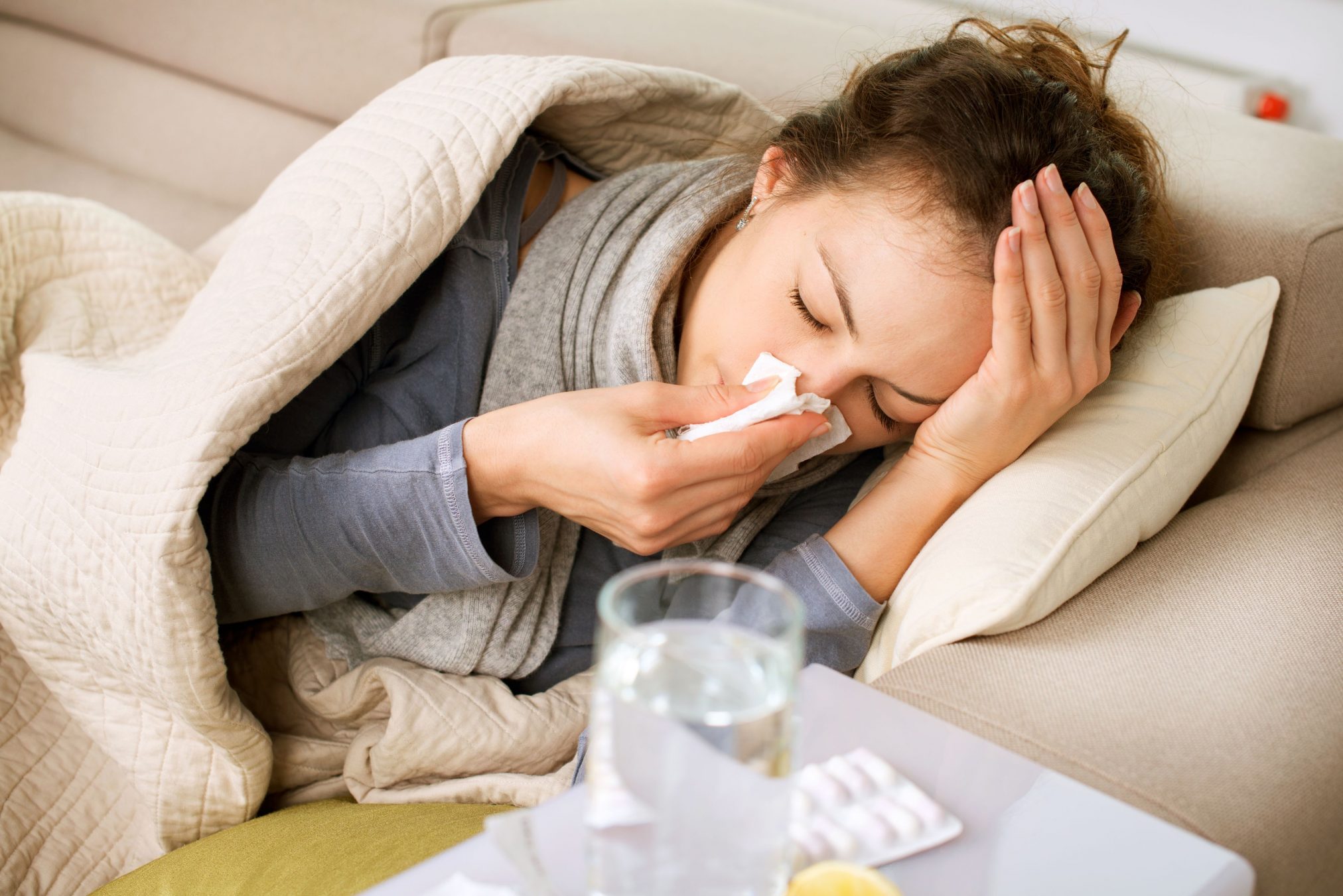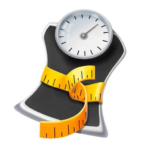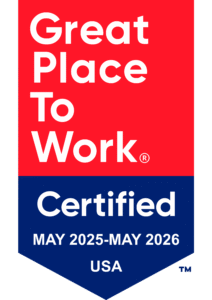It’s a startling number: More than 100 million Americans have diabetes or high blood sugar levels, a condition called prediabetes. But a quarter of adults with diabetes don’t know they have it. And only about one in 10 know they have prediabetes.
Could you be among this crowd of people?
Heed the warning signs. Diabetes may be “silent” and not cause any signs or symptoms. However, these are common warning signs:

• Increased thirst or hunger
• Frequent peeing or urine infections
• Dry mouth
• Weight loss you can’t explain
• Fatigue
• Blurred vision
• Headaches
Know your risks. Discuss any warning signs you have, and ask your doctor about your risk of developing diabetes. For example, even a few extra pounds can increase your risk of type 2 diabetes, which goes up 30 percent for every 11 pounds gained. Big weight gains—44 pounds or more—make you 10 times more likely to develop the disease.
You may need a special blood test to confirm whether or not you have diabetes. And this could save your life. In the U.S., diabetes is the seventh leading cause of death, usually from heart problems. In addition to your heart, diabetes may lead to complications that affect everything from your brain and eyes to your kidneys and nerves. And did you know that the dementia risk linked to diabetes is nearly as high as that of a gene that’s a risk factor for Alzheimer’s?
Prevent or manage diabetes. It’s critical to do your best to prevent or manage diabetes. But most American adults with diabetes aren’t meeting recommended guidelines, which may include a combination of lifestyle changes and medication such as statins, aspirin, and drugs that lower blood sugar.
I’m not saying it’s always easy, but you can do it.
If you have prediabetes, you can cut your risk of diabetes in half with exercise and a healthy diet. Here are a few lifestyle changes that can go a long way toward preventing or controlling diabetes.
• Eat vegetables, fruits, whole grains, lean meats, and nonfat dairy. Limit foods high in fat and sugar.
• Shoot for 30 minutes of activity most days of the week—do something that makes you sweat and breathe a bit harder.
• Manage your stress, which can raise blood sugar levels. You know what relaxes you. It may be anything from yoga or meditation to gardening or petting a cat.
• Pitch the cigarettes. If you have diabetes, smoking is like throwing coals on a fire. It increases all the risks you may already have, such as heart and eye disease.
• Go easy on the alcohol. It can tweak your blood sugar level—making it go either too high or too low. If you’re a woman, have no more than a drink a day. If you’re a man, have no more than two.
• And finally, partner with your doctor and me. Whether you have questions about your risks, need tips about lifestyle changes, or want guidance about diabetes medications, you don’t have to go it alone. We’re here to help.
Nothing herein constitutes medical advice, diagnosis or treatment, or is a substitute for professional advice. You should always seek the advice of your physician or other medical professional if you have questions or concerns about a medical condition.

 Need to shed 15 or 25 pounds? Try this trick: Pick up a 15- or 25-pound turkey in the grocery store (or a bag of soil at the nursery). Then carry it around for a few minutes. Did you find it tough to do? Extra pounds take a toll, don’t they? But weight gain is often such a gradual process that you might not even realize it’s happening.
Need to shed 15 or 25 pounds? Try this trick: Pick up a 15- or 25-pound turkey in the grocery store (or a bag of soil at the nursery). Then carry it around for a few minutes. Did you find it tough to do? Extra pounds take a toll, don’t they? But weight gain is often such a gradual process that you might not even realize it’s happening.
